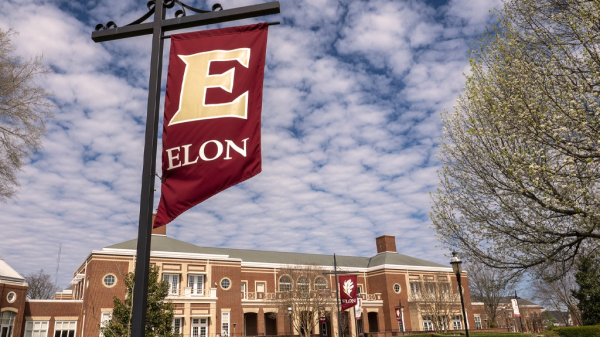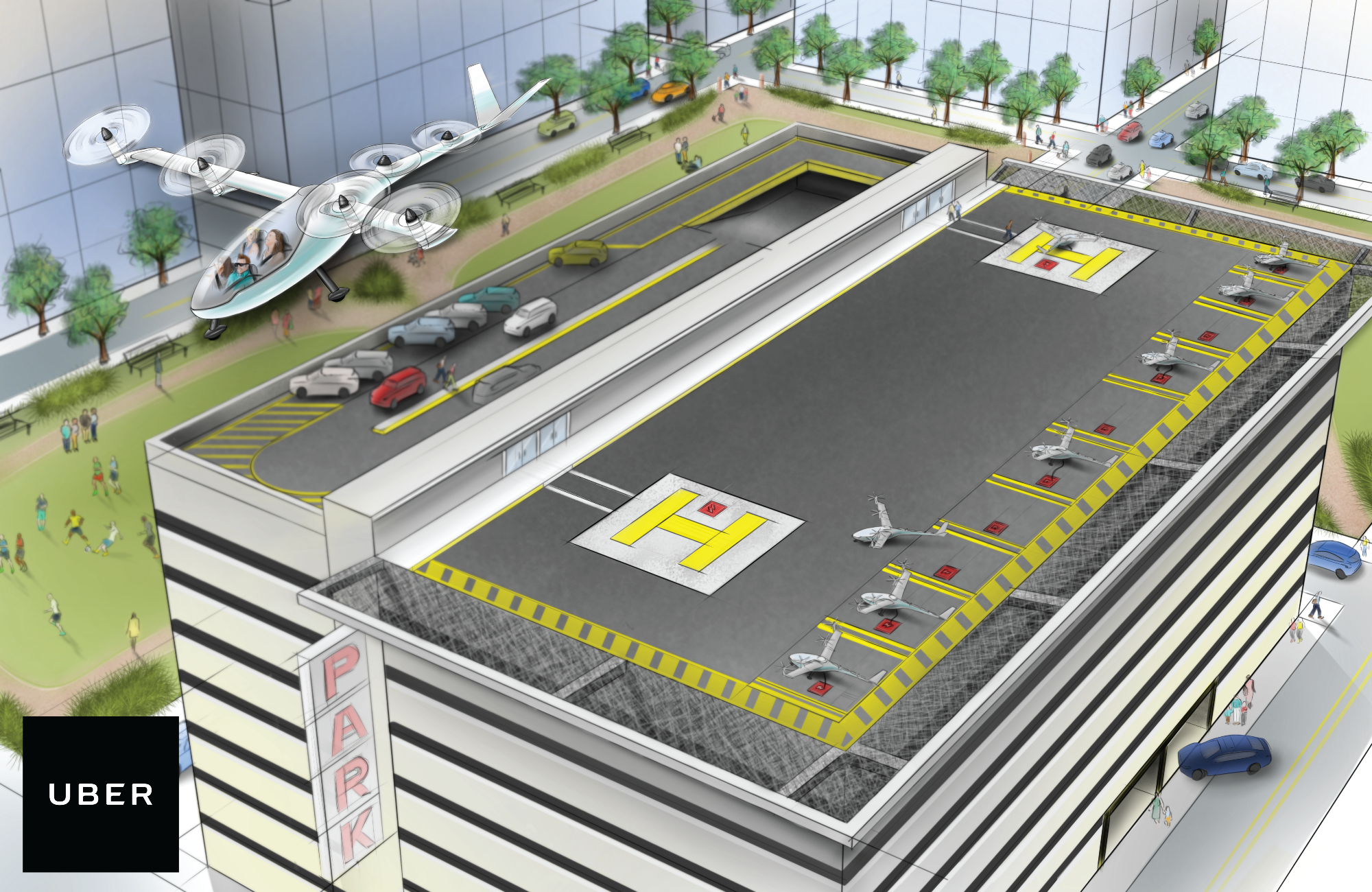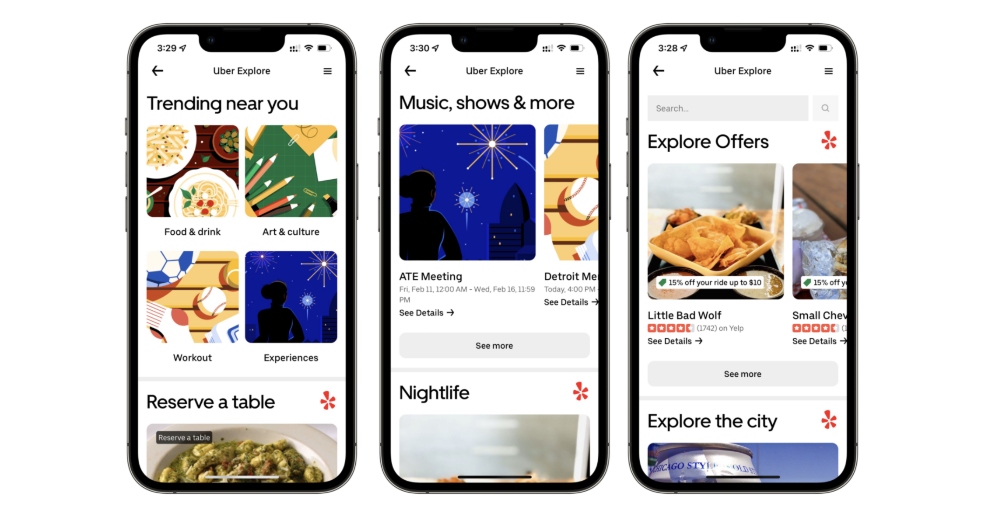No longer top secret
The race is on to put a car in the sky. And Uber is crouched at the starting line and plans on going the distance (and for speed).
Last year, we found out Google founder Larry Page had funneled millions from his own fortune into the construction of small electric aircrafts. The top-secret projects were inspired by NASA engineer Mark Moore’s 2010 research, and are being executed by two Silicon Valley startups, Zee.Aero and Kitty Hawk. Then Airbus announced plans to release self-driving taxis within the next year.
![]()
Batting for Uber’s team
But you can’t make history without stirring up a little drama: the very Mark Moore that inspired Page has now joined one of Google’s major rivals, Uber Technologies, Inc, as director of engineering for aviation, for perhaps the most promising and powerful of all airborne auto projects.
“I can’t think of another company in a stronger position to be the leader for this new ecosystem and make the urban electric VTOL market real,” Moore stated while somewhere in Silicon Valley, Page narrowed his eyes in quiet rage.
Uber has an ambitious, groundbreaking vision for this emerging industry and the future of airborne commutes, and expects to achieve it in the next 1 to 3 years — compared to Page’s estimated timeline of 5-10 years. The company wants an organized, strategic approach that will allow for further developments. Their head of product for advanced programs, Nikhil Goel, referred to the company as “an accelerant-catalyst” of the flying car ecosystem.
Uber Elevate
The rideshare company’s flying car initiative is called Uber Elevate, and has not officially begun yet.
[clickToTweet tweet=”As whimsical as flying cars sound, the reality means numerous technical and political challenges.” quote=”As whimsically delightful as the concept of flying cars sounds, the reality involves numerous technical and political challenges.”]
For example, vehicle efficiency, noise pollution, vehicle efficiency, limited battery life, negotiating with suppliers to lower prices, lobbying regulators about aircraft certifications and air-traffic restrictions — to name a few.
Uber wants to go about this carefully, anticipating all possible obstacles and developing solutions to overcome each one.
With its 55 million active riders, and without the bureaucratic limitations of NASA, Uber has the potential influence to prove their project could lead to a huge, highly profitable and safe market. This pragmatically planned vision differentiates Uber Elevate as a promising endeavor rather than just another “wild tech game”, Moore explains.
Now, all logistics aside, let’s take a moment to revel in the surreal world Uber intends to create: an ordinary Uber picks you up, drives you to the closest “vertiport”, then soars into the sky and all the way to your office. How’s that for a daily commute? The flying cars would only have to travel between 50-100 miles, and would likely be able to partially recharge between flights. Passengers would not be alone in the clouds; human pilots would operate the onboard computers.
[clickToTweet tweet=”No word yet on whether or not they’ll provide peanuts.” quote=”No word yet on whether or not they’ll provide peanuts.”]
Extreme ambitions
When it comes to innovation, Uber isn’t only looking to the sky — their recent partnership with Mercedes-Benz will make it possible to hail a self-driving car through the ridesharing platform. With Lyft and Ford working towards the same goal, the pressure is on, so autonomous Ubers could be rolling up to the curb very soon.
Whether it’s taking flight or being steered by robots first, one thing’s for sure: calling an Uber is about to be quite the adventure.
#FlyingCars
Helen Irias is a Staff Writer at The American Genius with a degree in English Literature from University of California, Santa Barbara. She works in marketing in Silicon Valley and hopes to one day publish a comically self-deprecating memoir that people bring up at dinner parties to make themselves sound interesting.










































Pingback: Plans for drone taxis (FLYING CARS) in Dubai move forward, launch date announced - The American Genius
Pingback: How one guy gamed the system to UberEAT for life - The American Genius